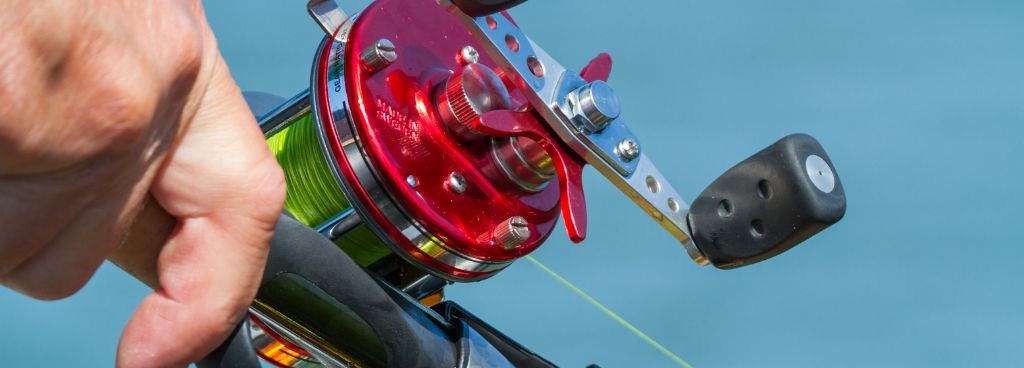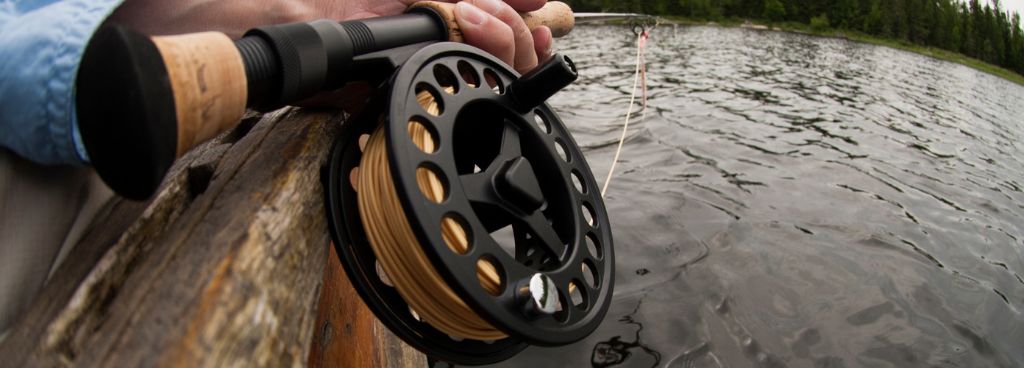Stories Worth Reeling In...
Last Updated on September 16, 2023
Welcome to an essential guide for every angler! Fishing is more than just a hobby; it’s a passion that connects us with the great outdoors and the thrill of the catch. But, as with any pursuit, challenges can arise. In this comprehensive guide, we’re diving deep into common fishing reel problems and, more importantly, how to fix them.
Fishing reel problems might seem minor, but they can quickly turn a promising day on the water into a frustrating experience. That’s why understanding and resolving these issues is crucial for ensuring every fishing trip remains enjoyable and successful.
So, let’s dive right in and unravel the mysteries of common fishing reel issues, ensuring your next fishing adventure is nothing short of spectacular.
Table of Contents
Alright, let’s start at the very beginning – the basics of fishing reels. These nifty devices are the unsung heroes of our fishing adventures. They might look like simple tools, but trust me, they’re much more than meets the eye.
Types of Fishing Reels
First off, there are different types of fishing reels, and each has its own unique charm. The big players you’ll encounter out there include spinning reels, baitcasting reels, spin-casting reels, and fly reels, to name a few. Each type has its strengths and best-use scenarios, which we’ll dive into later.

Why They Matter
Now, you might wonder why these reels matter so much. Well, consider them as the heart of your fishing setup. They’re the mechanical marvels responsible for deploying your fishing line, controlling the drag, and helping you land that elusive catch.
The type of reel you choose can greatly affect your fishing experience. A well-matched reel not only improves your casting accuracy but also enhances your chances of reeling in the big one.
Identifying Common Fishing Reel Problems
Now, let’s get real about reel problems. Fishing reels, despite their awesomeness, can sometimes be a source of frustration. As anglers, we’ve all been there – in the heat of the moment, battling with our gear instead of the fish. Here, we’ll uncover some of the common fishing reel problems that can turn a dream fishing trip into a nightmare.
1. Line Tangles
Ah, the infamous line tangles. These mischievous knots seem to have a mind of their own. They twist, loop, and tangle up your line when you least expect it. You’re reeling in, feeling the excitement of a potential catch, and suddenly, your line comes to a screeching halt. It’s like your fishing line decided to play a game of knots with you. Talk about frustrating.
2. Drag System Woes
The drag system in your reel is like the brake pedal in your car – it’s there to control the force. When your drag system isn’t working correctly, it can lead to all sorts of problems. Too loose, and that feisty fish might just run off with your line. Too tight, and you risk snapping your line or losing the fish. It’s a delicate balance, and when it’s off, it can make landing a catch feel like an impossible task.
3. Handle Malfunctions
The handle of your reel is your connection to the fish. It’s what you crank to bring in your line and, hopefully, your prized catch. But imagine this: you’re reeling in, the fish is putting up a fight, and suddenly, your handle slips or becomes unresponsive. It’s like your fishing reel decided to take a break when you needed it the most.
But here’s the good news: These issues are not insurmountable. So, stick around, because we’re going to unravel the mysteries of fixing these pesky reel problems, one by one.
Now that we’ve identified these pesky fishing reel problems, it’s time to get to the bottom of why they happen. Understanding the “why” is often the first step in finding a solution. So, let’s dive into the reasons behind each of these common issues and unravel the mystery.

1. Line Tangles
Line tangles can turn a perfect fishing day into a knotty mess. They usually occur when the fishing line is not winding evenly onto the spool. Why does this happen? Well, several factors can contribute to line tangles:
2. Drag System Woes
The drag system is like the heartbeat of your fishing reel. When it’s not working as it should, it can spell trouble. Here’s why drag system issues might occur:
3. Handle Malfunctions
The handle is your connection to the fish, so when it malfunctions, it can be downright frustrating. Here’s why handle issues might crop up:
Now that we’ve uncovered the “whys” behind these reel problems, stay with us as we move on to the exciting part – how to fix them and get your fishing reel back in tip-top shape.
I’ll walk you through detailed, step-by-step solutions for each of these issues. Get ready to tackle those reel problems head-on!
1. Line Tangles
Step 1: Assess the Tangle
Step 2: Loosen the Drag
Step 3: Untangle Manually
Step 4: Spool the Line
2. Drag System Woes
Step 1: Cleaning
Step 2: Lubrication
Step 3: Correct Setting
3. Handle Malfunctions
Step 1: Corrosion Removal
Step 2: Lubrication
Step 3: Inspection
Alright, folks, let’s talk about the key to avoiding those pesky fishing reel problems in the first place: preventative maintenance. Think of it as giving your trusty reel a little TLC to keep it performing at its best.
1. Rinse After Use
2. Reel Inspection
3. Lubrication
4. Spool Maintenance
5. Line Replacement
6. Drag System Check
7. Handle Care
Now, let’s tackle some additional questions and troubleshooting tips for those rare but tricky situations anglers might face with their fishing reels.
If the bail won’t close, check for any line twists or knots that might be causing it to jam. Make sure your line is properly loaded onto the spool, and double-check for any tangles.
First, check for dirt or debris in the drag system. Clean it out, and if the issue persists, you might need to disassemble and lubricate the drag components. Refer to your reel’s manual or consult a professional if you’re unsure about this.
For long-term storage, clean your reel thoroughly, apply a light coating of reel oil, and store it in a cool, dry place away from direct sunlight. Consider removing the line if it’s been heavily used during the season.
It depends on usage, but a general rule is to replace monofilament line every season and braided line every two seasons. However, if you notice any signs of wear or fraying, replace it immediately.
A: A wobbly handle may be due to a loose or damaged handle nut. Check the nut’s tightness, and if that doesn’t solve the issue, inspect for damage or wear on the handle’s internal components. Replacement may be necessary.
For each saltwater fishing trip, rinse your reel thoroughly with fresh water, remove the spool, and rinse that separately. Apply a corrosion-resistant lubricant, and store your gear in a dry place. Regular maintenance is crucial.
Absolutely! Regardless of the reel type, routine maintenance like cleaning, lubricating moving parts, and inspecting for wear applies. Refer to your reel’s manual for model-specific advice.
So, fellow anglers, the next time you face a fishing reel hiccup, approach it with confidence. Remember that each problem solved brings you one step closer to becoming a more skilled and seasoned angler.
Now, gear up, cast your line, and let the angling adventures continue. The water is calling, and there’s a world of fish waiting to be discovered. Happy fishing!